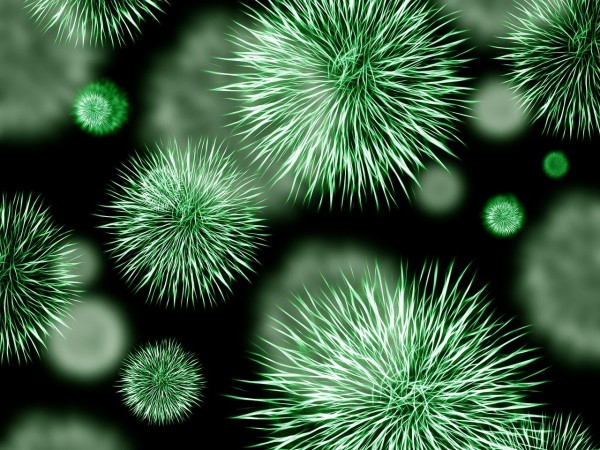Compound T405: Solution vs. Pathogen Causing Tuberculosis and Leprosy
SARS-CoV-2 COVID-19 wreaked havoc across the globe because the bacteria is new, and there is no cure available for it yet. Pandemic enters the story, and suddenly coronavirus information took the limelight, making it on every news headline.
Parallel to this virus, did you know that there is another battlefield the medical experts are facing? Those are the pathogens of bacteria resistant to antibiotics, which means healthcare providers do not have ample medication for the so-called superbugs. Now, scientists from John Hopkins University developed a highly effective compound against a pathogen of bacteria that causes Tuberculosis and Leprosy.
ALSO READ: Rheumatoid Arthritis Drug Strengthens Our Last Line of Defense Against Superbugs
Bacteria Pathogen

example of bacteria pathogen
Also called Mycobacterium abscessus (M. abscessus), Medical Xpress reports that the bacteria pathogen related to tuberculosis and leprosy has lately developed as a distinct species usually presenting as a virulent lung infection. Eureka Alert adds that John Hopkins University Krieger School of Arts and Sciences scientists notes that this pathogen of bacteria is especially resistant to medication and is fatal for individuals who have cystic fibrosis and other lung ailments.
Centers for Diseases Control and Prevention (CDC) emphasized that the said pathogen of bacteria is found in water, soil, and dust and is known to contaminate medications and products such as medical devices. They also stress in their article that M. abscessus causes infections typically on the skin and soft tissues under the skin. They added that it also triggers serious lung infections.
Compound T405
Eureka Alert reports that the research team was able to develop the first potential treatment for a pathogen of bacteria that currently has no available FDA-approved medications and a cure rate of less than 50%. They added that the scientists' treatment, compound T405's pharmacological potency, should be improved before becoming a clinical treatment.
According to Medical Xpress, compound T405 expresses superior potency against M. abscessus. They also note in their release that when the compound is added with an existing medication, also called avibactam, the compound also shows its ability to prevent the bacteria from developing resistance.
READ ALSO: New Compound Discovered That Can Kill Antibiotic-Resistant Superbugs
Researcher's Worry
Eureka Alert Adds that despite the need for research and studies regarding the understanding of the bacteria and exploration of possible treatments, the researchers said in the release that they are having second thoughts on pursuing the study.
In a statement also published in Medical Xpress, one of the principal investigators of the study and associate professor of medicine, Gyanu Lamichhane, Ph.D., said that the pathogen of bacteria is still considered an emerging disease.
He added in the release that there are more Non-Tuberculosis Mycobacteria (NTM) cases in the United States nowadays, which he emphasized as the most virulent of all of them. Meanwhile, co-principal observer and chemistry professor Craig Townsend, Ph.D., expresses their promising data acquired from the study.
Current Treatment
The study emphasized in Eureka Alert's release that the currently available treatment for the infection requires 12-18 months of multidrug therapy with a rate of 30-50% cure rates. CDC added that removal of infected tissue could also help in treating the infection.
READ NEXT: Mass Usage of Hand Sanitizers Could Create Superbugs
Check out more news and information on Medical Breakthrough on MD News Daily.
Dec 09, 2020 05:07 AM EST





